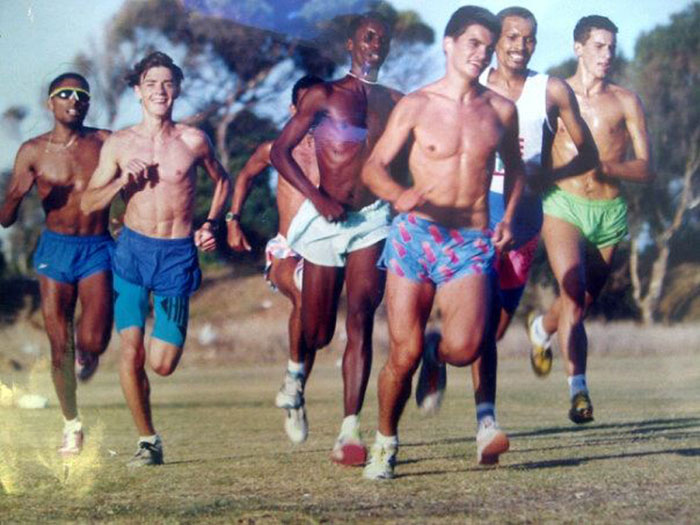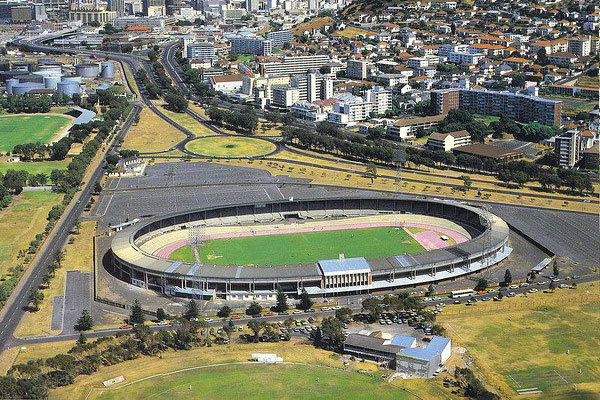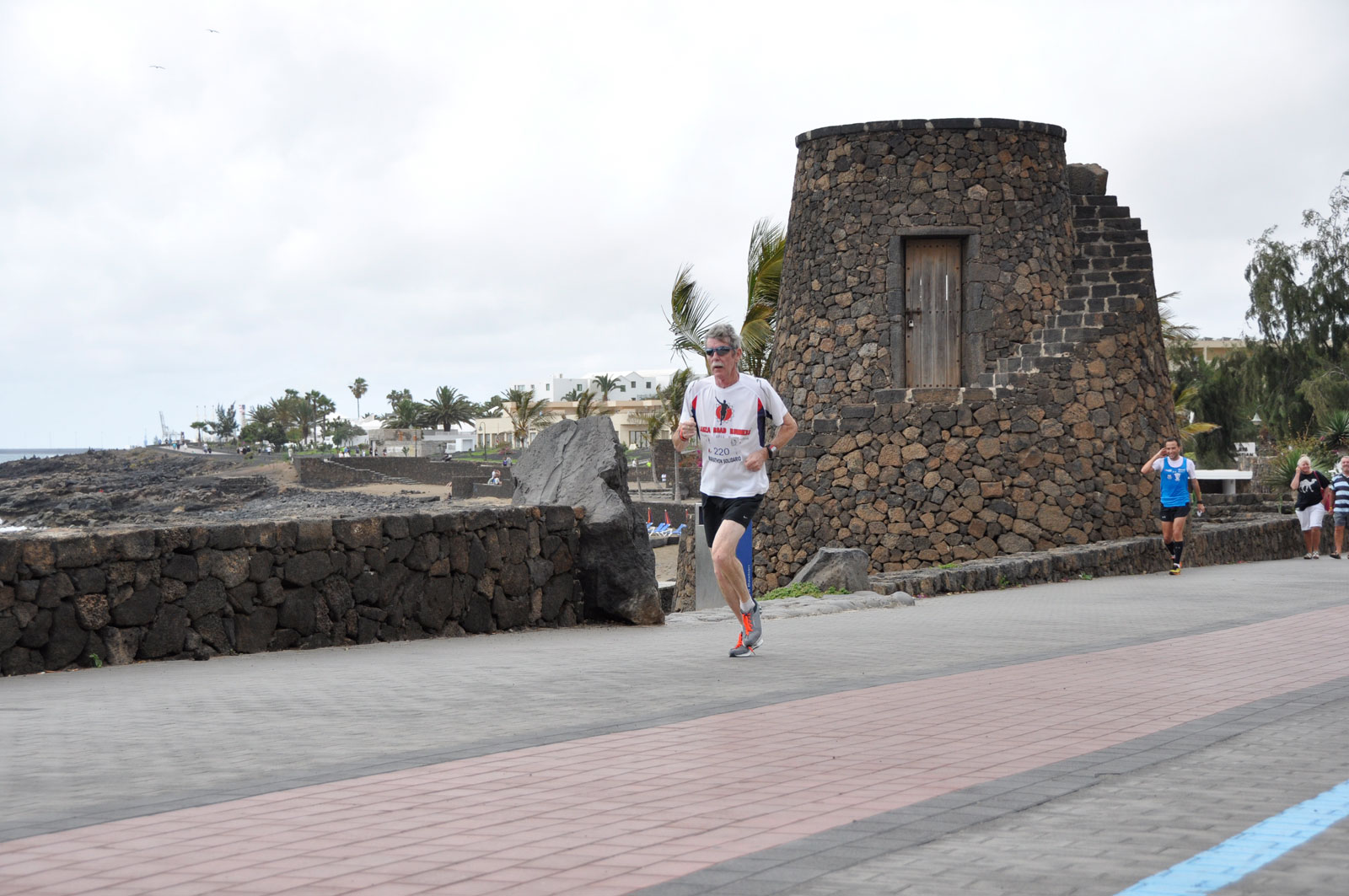Heart rate and training zones – An article based on experience and hopefully helpful in you understanding your own heart rate training zones better. This is not a scientific article but more relating to experience while coaching a squad of up to 30 athletes, varying in ability from sub 40 minute 10km to 28 minutes for 10km.
Experience with Heart Rate and Training zones
Recently, on the 10k Training Forums, a user discussed their heart rate training zones, as well as mentioning their Lactate Training Heart Rate
Instead of replying on the forums, I have created this article for a little discussion as well as hopefully contributing to you learning more and assisting yourself.
Take note, when squad coaching years ago, we did not use heart rate monitors much, and when certain athletes started to use heart rate monitors more often, we were able to see what we were doing in comparison to HR.
Before going further; I can mention that in the year of 1994, Doc Mike Lambert (now Professor) of UCT Division of Exercise Science and Sports Medicine did heart rate monitor tests on 6 of the athletes I was coaching. The study was for Polar, and the test consisted of doing 6 x 1000m with 2 minutes rest, starting off at a slower pace for the 1st 1km and then speeding up by 10 seconds after each kilometer. This test was conducted once every 6 weeks and took place over the year.
Image – the old Green Point Stadium, Cape Town: Our training venue, every Tuesday and Thursday for over a decade
At that time, we were not using heart rate monitors with our top athletes but then we started monitoring the sessions they were doing. The pace of their 2k and 1k was giving according to our formula, taken off their 4k time-trial. Then we started focusing on the heart rate data during the rest and the 2000m and 1000m sessions.
We were happy to note that pace and heart rate correlated, basically coinciding with what sports science was learning from the training, the athletes were doing. It was not vice versa in our scenario.
Not all runners the same
As you know, not all runners are the same, but you can get averages. So from our ‘method’ or ‘rule of thumb’ that we used, our easy runs were 1 minute per km slower than their current 10k speed, for runs up to 75 minutes.
This could have the athlete with a current 30 minute 10k doing his runs at 4 minutes per km, as their recovery run.
Often our sub 35 minutes per 10km and faster athletes, had a 10k morning run, as part of their ‘doubles’. A morning run 4 to 5 times a week, from Monday to Friday.
The longer runs from 90 minutes to 2hrs were allowed to be up to 90 seconds per km slower than their current 10k pace. Athletes were allowed to accelerate towards 4 minutes per km over the last 20 minutes of the run, according to how they felt.
What must be noted, that with our more progressive training, a sub 35 minute 10km runner would have a hill work session on Day 5 of his 10km program, so in effect, his long run on Day 6 would be considered a recovery run before Tuesday’s 1k session (Day 8)
When we compared the heart rates with the pace, we found the average to be between 130 – 140 bpm for the easy runs. So this, is very much the ‘average’ we recommend for most athletes.
When discussing pace and pulse on our Build Up program, we ask the athlete to keep their easy runs below 140 bpm. We have found that as they get closer to optimum fitness, while on the 10km program (which with a few tweaks can be used for half marathon training), their pace would speed up when doing their runs at 140 bpm.
Lactate Training Heart Rate – LTHR
On our online 10k training programs, we do not truly have the runners going towards Lactate Training Heart Rate. The closest they would come to or be introduced to it, is via the 5k paced run on Day 12. On our programs, we believe in the KISS (Keep it Simple Stupid) method, there is no need to try to do more than what is asked of you. With the programs being progressive, it means that as the athlete develops, so to does their program.
The athletes developed to where they would have 1hr paced in their program, however, our ‘online’ programs don’t allow for this. In our squad training environment, we used to meet twice a week, normally Tuesday and Thursday. Most weekends, we would most likely always have something on. This meant as a coach, they were being monitored on a weekly basis.
Our top, more experienced athletes, could run a 67 minute half marathon as a ‘training race’, which was used as what you describe as the LTHR run. If the heart rate monitor was placed on them, the pulse would hover around 160 bpm towards 165 bpm, for the pulse to go higher than this, was not the aim.
Remember Balance in Running, is the aim of our training programs, and what we mean by this, is that your running, should not interfere in a negative way on your work and family life. Note; I did not say social life, as running is meant to be part of your social life.
In closing, and taking into account things mentioned in this article, we do not recommend LTHR runs for most runners on our programs.
The first image is of a few of the athletes who TheEd coached from the early 90’s, training on the grass outside the stadium
10k Training Program articles of interest:
10k Training Programs
10k Program Tips
author: Gavin Doyle

























 Simon Kerr says
Simon Kerr says
December 20, 2017 at 10:50 pmHi I’ve recently tried your program. I’m between 35 and 40. I did one cycle of your training and did a 38min08 10km which had 2km of beach in it. I have done a 34min25, 3 years ago but have had Achilles and hami issues since.
I find the 400s I ran them 4-5sec quicker, the 1kms were 3-4 sec slower and the 2kms about 10sec slower I think. Does this indicate I might be better over middle distance or I’m just lacking fitness?
I have done a 1hr15:50 HM
Also can you explain the 6x1min efforts. Do you do 1min fast, 1min easy, 1min 10km pace then repeat 6 times or is the fast at race pace.
Cheers and Merry Christmas.
 timeadmin says
timeadmin says
December 21, 2017 at 8:02 amHi Simon, congrats on your 38 minute 10k off the program. Do you know how to work out your times specific to your goals and fitness? See the program tips, on how to work out your pace for sessions according to current fitness – http://www.time-to-run.com/training/10k/programtips.htm. As for the 400m, often the shorter the distance the easier it is, and the 1 and 2k sessions are more the secret to the program.
Yes, 1 minute @ 10k pace then followed by 1 minute easy running, repeated 6 times in total. If you preparing for a 5k, then the 1 minute would be at 5k pace.
Hope this helps. TheEd